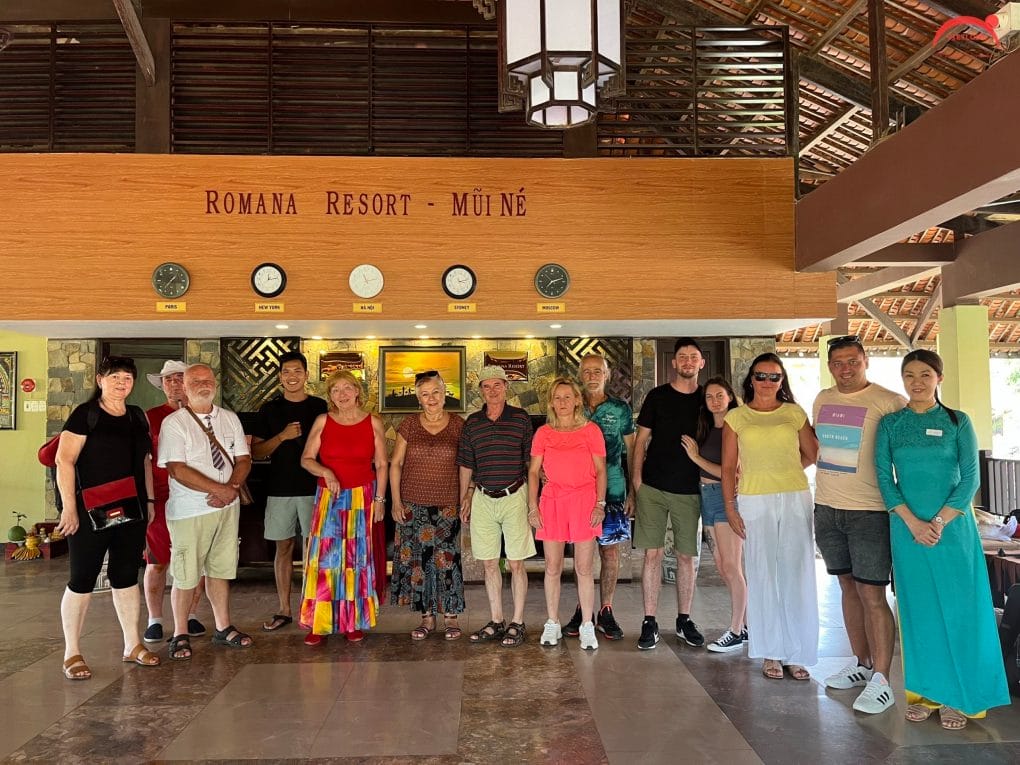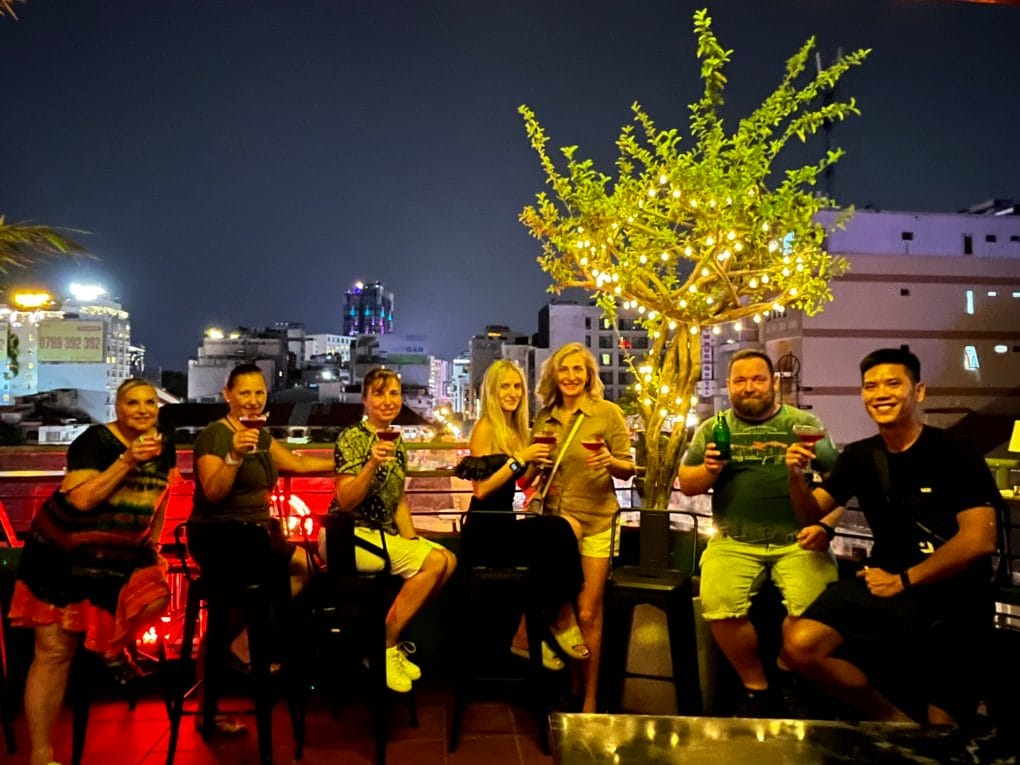THE MILITARY ERA II IN MYANMAR
The military government announced a change of name for the country in English from Burma to Myanmar in 1989. It also continued the economic reforms started by the old regime and called for a Constituent Assembly to revise the 1974 Constitution. This led to multiparty elections in May 1990 in which the National League for Democracy (NLD) won a landslide victory over the National Unity Party (NUP, the successor to the BSPP) and about a dozen smaller parties. The military, however, would not let the assembly convene, and continued to hold the two leaders of the NLD, U Tin U and Aung San Suu Kyi, daughter of Aung San, under house arrest imposed on them the previous year. Burma came under increasing international pressure to convene the elected assembly, particularly after Aung San Suu Kyi was awarded the Nobel Peace Prize in 1991, and also faced economic sanctions. In April 1992 the military replaced Saw Maung with General Than Shwe.
Than Shwe released U Nu from prison and relaxed some of the restrictions on Aung San Suu Kyi’s house arrest, finally releasing her in 1995, although she was forbidden to leave Rangoon. Than Shwe also finally allowed a National Convention to meet in January 1993, but insisted that the assembly preserve a major role for the military in any future government, and suspended the convention from time to time. The NLD, fed up with the interference, walked out in late 1995, and the assembly was finally dismissed in March 1996 without producing a constitution.
During the 1990s, the military regime had also had to deal with several insurgencies by tribal minorities along its borders. General Khin Nyunt was able to negotiate cease-fire agreements that ended the fighting with the Kokang, hill tribes such as the Wa, and the Kachin, but the Karen would not negotiate. The military finally captured the main Karen base at Manerplaw in spring 1995, but there has still been no final peace settlement. Khun Sa, a major opium warlord who nominally controlled parts of Shan State, made a deal with the government in December 1995 after U.S. pressure.
After the failure of the National Convention to create a new constitution, tensions between the government and the NLD mounted, resulting in two major crackdowns on the NLD in 1996 and 1997. The SLORC was abolished in November 1997 and replaced by the State Peace and Development Council (SPDC), but it was merely a cosmetic change. Continuing reports of human rights violations in Burma led the United States to intensify sanctions in 1997, and the European Union followed suit in 2000. The military placed Aung San Suu Kyi under house arrest again in September 2000 until May 2002, when her travel restrictions outside of Rangoon were also lifted. Reconciliation talks were held with the government, but these came to a stalemate and Suu Kyi was once again taken into custody in May 2003 after an ambush on her motorcade reportedly by a pro-military mob. She remains under house arrest today. The government also carried out another large-scale crackdown on the NLD, arresting many of its leaders and closing down most of its offices. The situation in Burma remains tense to this day.
In August 2003, Kyin Nyunt announced a seven-step “roadmap to democracy”, which the government claims it is in the process of implementing. There is no timetable associated with the government’s plan, or any conditionality or independent mechanism for verifying that it is moving forward. For these reasons, most Western governments and Burma’s neighbors have been skeptical and critical of the roadmap.
On February 17, 2005, the government reconvened the National Convention, for the first time since 1993, in an attempt to rewrite the Constitution. However, major pro-democracy organisations and parties, including the National League for Democracy, were barred from participating, the military allowing only selected smaller parties. It was adjourned once again in January 2006.
In November 2005, the military junta started moving the government away from Yangon to an unnamed location near Kyatpyay just outside Pyinmana, to a newly designated capital city. This public action follows a long term unofficial policy of moving critical military and government infrastructure away from Yangon to avoid a repetition of the events of 1988. On Armed Forces Day (March 27, 2006), the capital was officially named Naypyidaw Myodaw (lit. Royal City of the Seat of Kings).
In 2005, the capital city was relocated from Yangon to Naypyidaw.
In November 2006, the International Labour Organization (ILO) announced it will be seeking – at the International Court of Justice – “to prosecute members of the ruling Myanmar junta for crimes against humanity” over the continuous forced labour of its citizens by the military. According to the ILO, an estimated 800,000 people are subject to forced labour in Myanmar.






